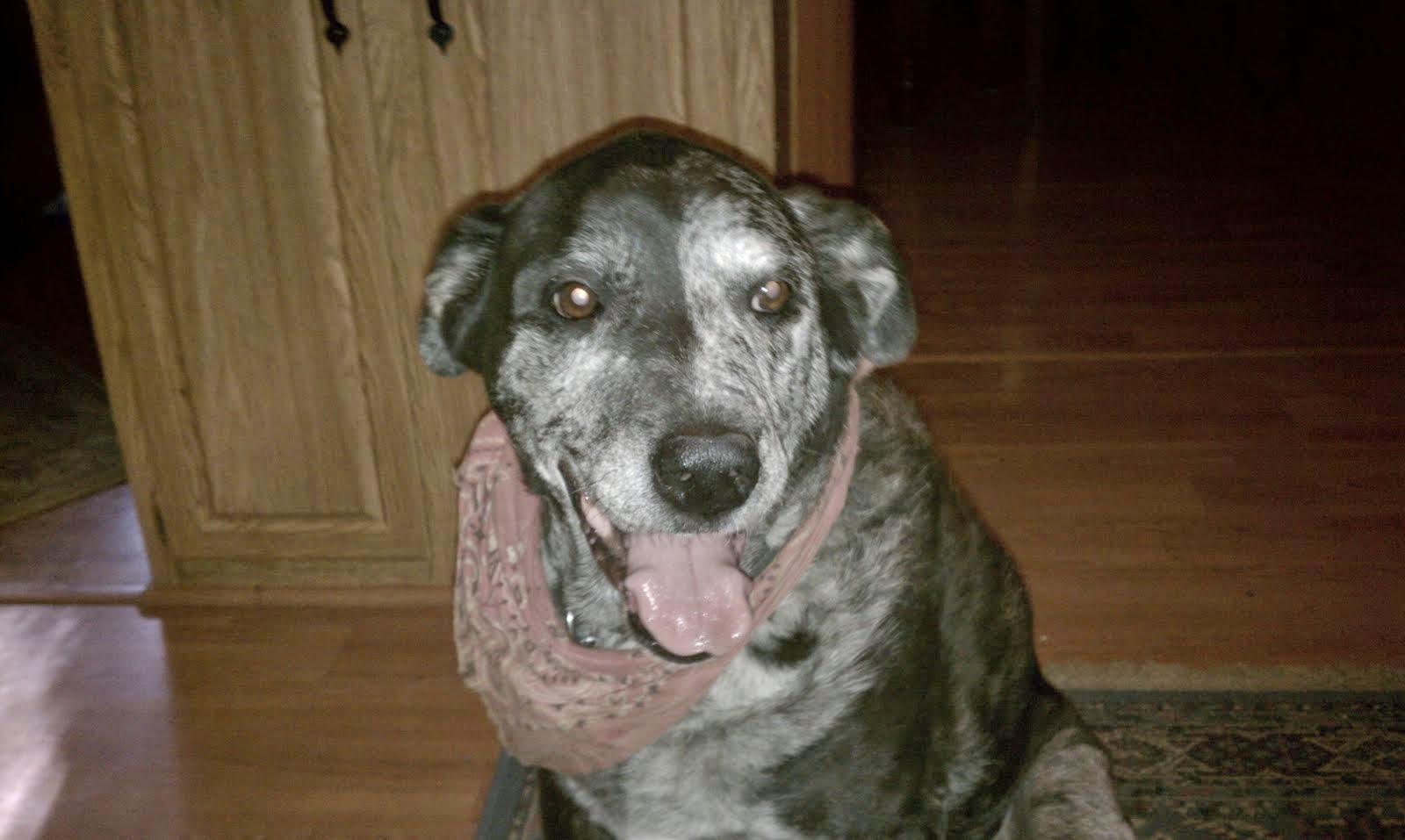This is about using every non radiation non chemo treatment for cancer. All research and results will be posted. Nasal cancer in dogs. Canine nasal cancer.
Not just Holistic, but how to use E: All of the Above!
I made this blog because I did tons of research on success stories and research worldwide and used it on my dog with nasal cancer named Lucy. So, now my hobby is molecular biology. The treatment uses combination of health store supplements, some prescription meds, diet changes, and specific Ayurvedic and Chinese medicinal herbs. I just wanted her to have a better quality of life. I thought this combination of E: All the Above (except no radiation or chemo and surgery for this cancer was not an option) would help that for sure, but it actually put her bleeding nasal cancer in remission!
My approach to cancer is about treating the whole animals biologic system. But I do hate the word 'Holistic'. Sounds like hoo hoo. This is science based, research based data and results of using active herbal compounds that happen to be readily available and common. Some call it Nutriceuticals. Others may call it Orthomolecular cancer therapy. Or Cancer Immunotherapy.
My approach to cancer is about treating the whole animals biologic system. But I do hate the word 'Holistic'. Sounds like hoo hoo. This is science based, research based data and results of using active herbal compounds that happen to be readily available and common. Some call it Nutriceuticals. Others may call it Orthomolecular cancer therapy. Or Cancer Immunotherapy.
I FEEL DIVERSITY IN TREATMENT IS KEY:
-Slow cancer cell reproduction
-Make cancer cells become easier targets for the immune system
-Kill the cancer cells
-Kill the cancer cells
-Rid the cancer cells
-Remove the toxins it produces
- Stimulate and Modulate the immune system
-Control secondary symptoms like bleeding, infection, inflammation, mucous, appetite, or pain for a better feeling animal
-Working with your vet for exams and prescriptions that are sometimes needed when conditions are acute.
Just by using a multi-modal treatment approach that is as diverse in attack as possible. Both conventional and natural.
The body conditions that allowed it to develop in the first place must be corrected. If caught early enough, like with Lucy, this ongoing maintenance correctional treatment is all that was required at this point to achieve, so far, more than 10 TIMES the life expectancy given (more than 60 months) after diagnosis WITH remission. I did not use radiation or chemotherapy or surgery.
I hope this cancer research can help your dog as well.
ARTICLE CATEGORIES
My Lucy

In Loving Memory my Lucy December 2016
CURRENT STATUS - It was for more than 5 YEARS after Lucy was diagnosed by biopsy in March 2011 with nasal cancer that she lived. And she was in remission for 4 of 5 years using no radiation or chemo! Now multiply that by 7 to be 35 years extended!! She was 12.5 years old - equivalent to almost 90 human years old. She ended her watch December 1, 2016. I miss her so much.
May 12, 2012
Frequently Used Dog Antibiotics
Frequently Used Dog Antibiotics
Clavamox (Amoxycillin)
Keflex (Cephalexin)Keflex canine antibiotics come in gel caps or liquid. The liquid form mixes into your dog's water making it easy to give. The proper dosage is 10 to 15 milligrams per pound of a dog's weight twice a day.
Terramycin (Oxytetracycline HCI)
Labels:
antibiotics,
baytril,
cancer,
clavamox,
dog,
doxycycline,
keflex,
metronomic protocol